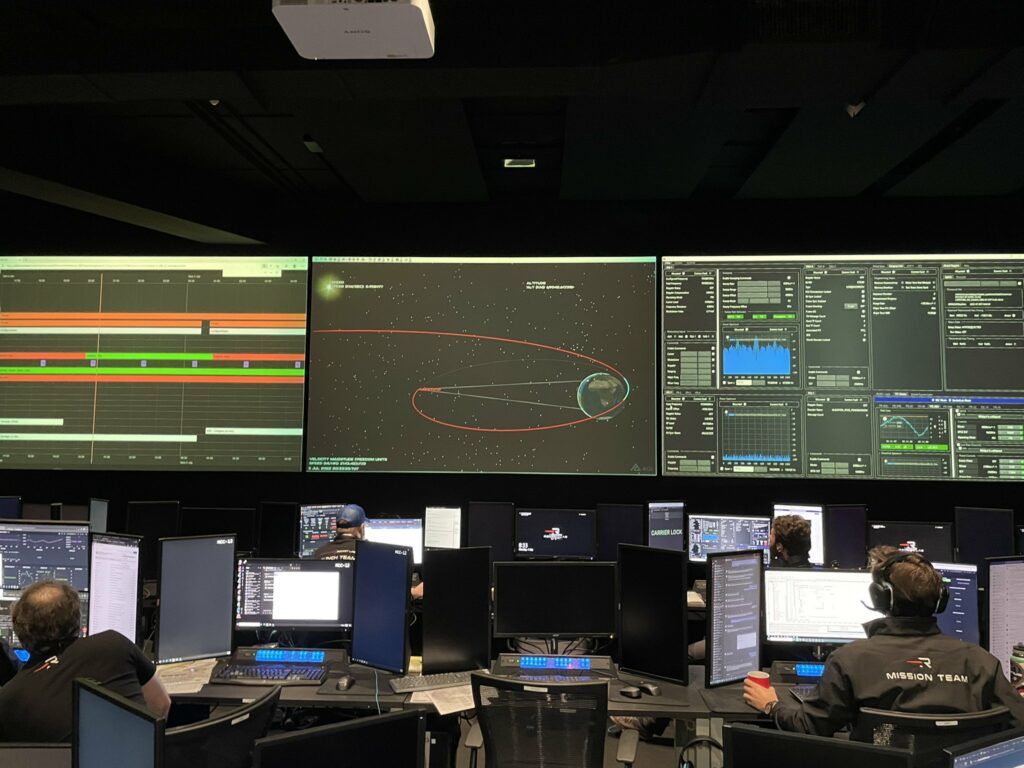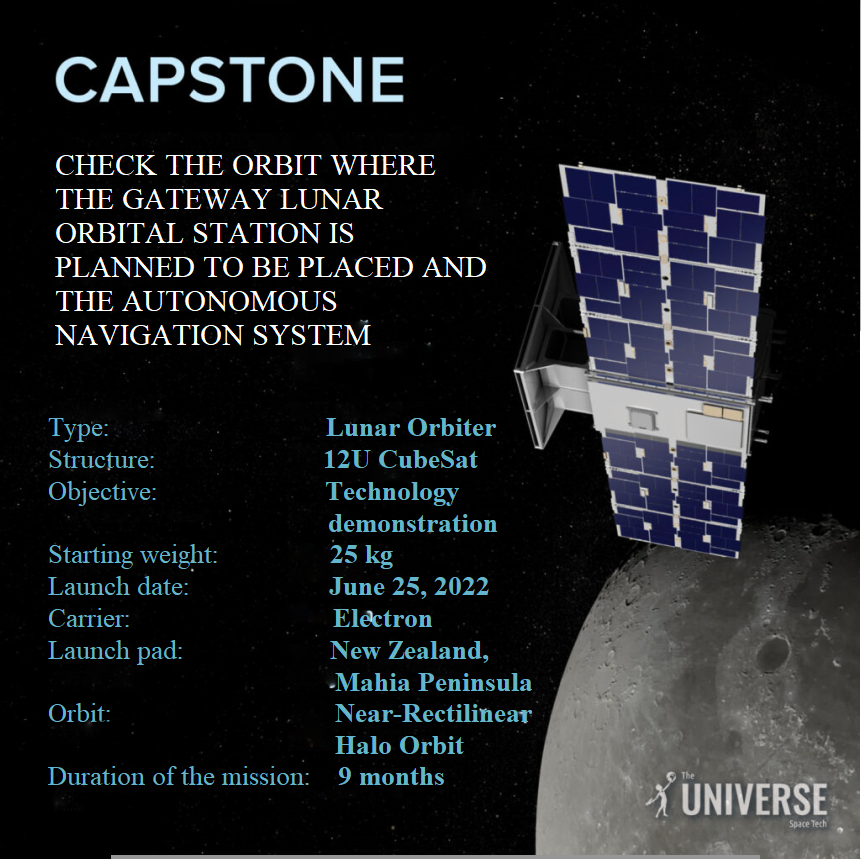The CAPSTONE spacecraft successfully left Earth orbit and headed for the Moon. This is stated in the official message published by NASA and Rocket Lab.

A bundle of the CAPSTONE satellite (Cislunar Autonomous Positioning System Technology Operations and Navigation Experiment) and the Photon universal platform was launched by the Electron rocket on June 28. In the following days, Photon made a number of course corrections, raising the apogee of the orbit to 1.3 million km. The decisive maneuver took place on July 4. In its course, a bundle of two vehicles reached the second cosmic speed, allowing them to leave the shackles of gravity forever. 20 minutes after the maneuver was completed, CAPSTONE separated from Photon, continuing its independent journey.
In the next four months, CAPSTONE will have to perform a series of maneuvers using both its own engines and the gravity of the Sun. If everything goes as planned, on November 13, the 25-kilogram spacecraft will enter a Near-Rectilinear Halo Orbit (NRHO), centered around the L2 Lagrange point of the Earth-Moon system.
The NRHO orbit was chosen by NASA and ESA to host the Gateway Lunar orbital Station. CAPSTONE will have to test its long-term stability in practice. The satellite is also assigned a second task in the form of testing an autonomous navigation system. In total, the mission of the device is designed for six months.

As for Photon, after separating from CAPSTONE, the platform will make a close flyby of the Moon. Rocket Lab hopes to use these events for additional testing of its control system. In addition, a camera is installed on board the platform, which should take a number of pictures of the lunar surface.
Recall that recently the LRO spacecraft photographed a crater left on the Moon after the fall of a spent rocket stage.
According to https://blogs.nasa.gov
Follow us on Twitter to get the most interesting space news in time
https://twitter.com/ust_magazine

